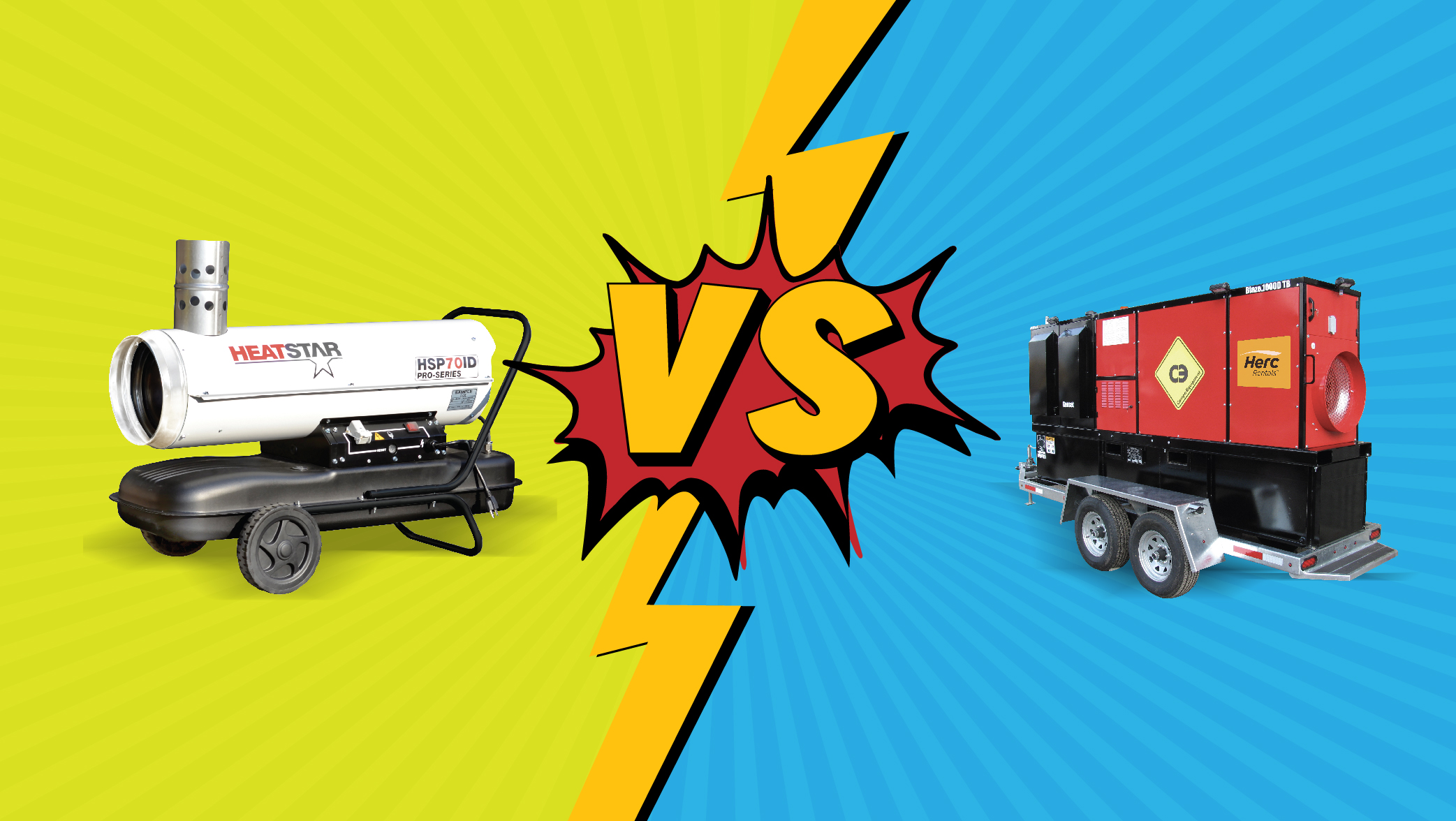
“It’s not the heat, it’s the humidity!” People in the Northeast are accustomed to hearing this during the summer when it tends to get hot and muggy.
Those who live in the desert have things a little easier. Since the air is dry, even if the temperatures creep into the 90s, it stays much more comfortable. This is because the dry air allows sweat to evaporate off your skin efficiently.
When our body temperatures exceed 98.6°, we start to sweat. In low humidity, the sweat evaporates off your skin right away, which cools you off. When it’s humid, the sweat tends to stay on your skin. As your clothes and hair get damp, you start to feel sticky. Plus, excess humidity doesn’t just feel uncomfortable on your skin, it can help allergens, mildew, and mold to grow.
This is why just focusing on cooling a room isn’t enough: you want to reduce the humidity as well. Many customers wonder if running an AC unit is a sufficient way to reduce moisture in a room. The answer is: while running an AC unit does help reduce humidity, dehumidifiers are much more efficient at removing excess moisture.
What’s the Difference Between an Air Conditioner & Dehumidifier?
Air conditioners are primarily used for getting rid of hot air and putting cold air into a room. A dehumidifier’s main function is to remove large amounts of humidity from an area, though it doesn’t put any cold air into a room.

Air Conditioner

Dehumidifier
Does Air Conditioning Reduce Humidity?
The short answer is yes, but not enough to make a huge impact. A dehumidifier draws in humid air and carries it through an evaporator. The humid air containing the moisture is then cooled. The cold dry air continues through a condenser, heating the air up and returning it to the room to gather the new humidity or moisture. This cycle continues until ideal conditions are met.
The same components found in a dehumidifier are also used in air conditioning. Both devices use an evaporator, compressor, condenser, and metering device. In place of a dehumidifier, an air conditioner, aka a spot cooler, can be used for controlling humidity, and the same goes for HVAC systems. Modern HVAC systems use evaporator coils, which cause moisture to condense and leave the air. As the moist, hot air contacts the cold coil, the same process happens as when a cold can of soda begins to sweat on a hot day. The water collects on the cooling coils and slides outside, and the cooled air is pushed into the room.
Reducing Humidity is Crucial to the Health of Your Project

During construction projects, it’s important to have a method in place for drying materials. Using an air conditioner as a dehumidifier creates an optimal curing environment, ensuring paints, cement, and adhesives cure as specified and on time. Air conditioning also prevents the expansion or contraction of building materials during temperature and relative humidity changes.
In construction drying, relative humidity levels must be between 25% and 55%, while temperature levels must be between 60° and 70° F. In the northeast corridor, these conditions are never met without the assistance of dehumidification.
Remember, a solution to water damage restoration is dehumidification.


